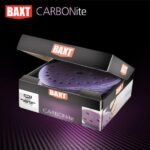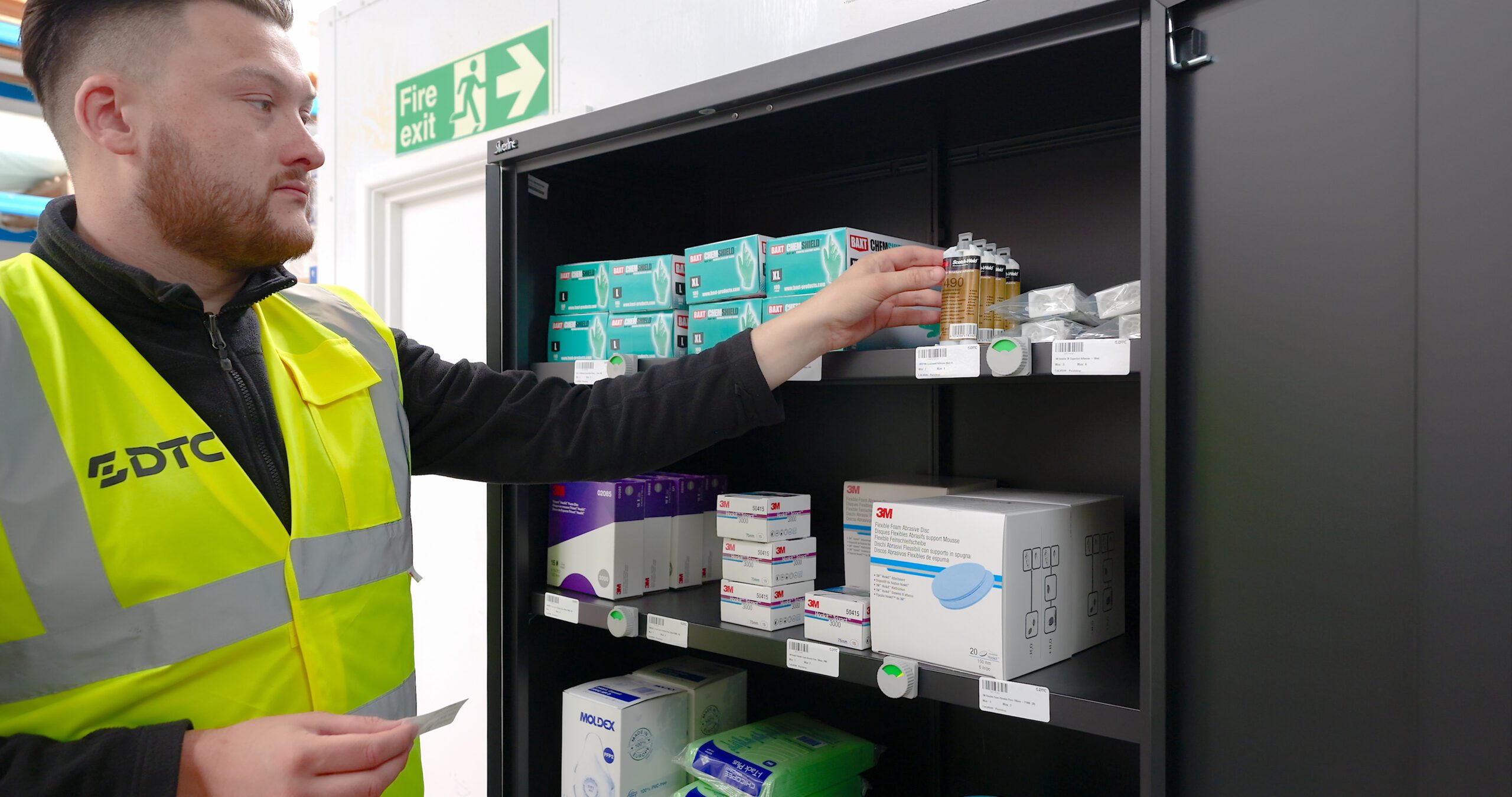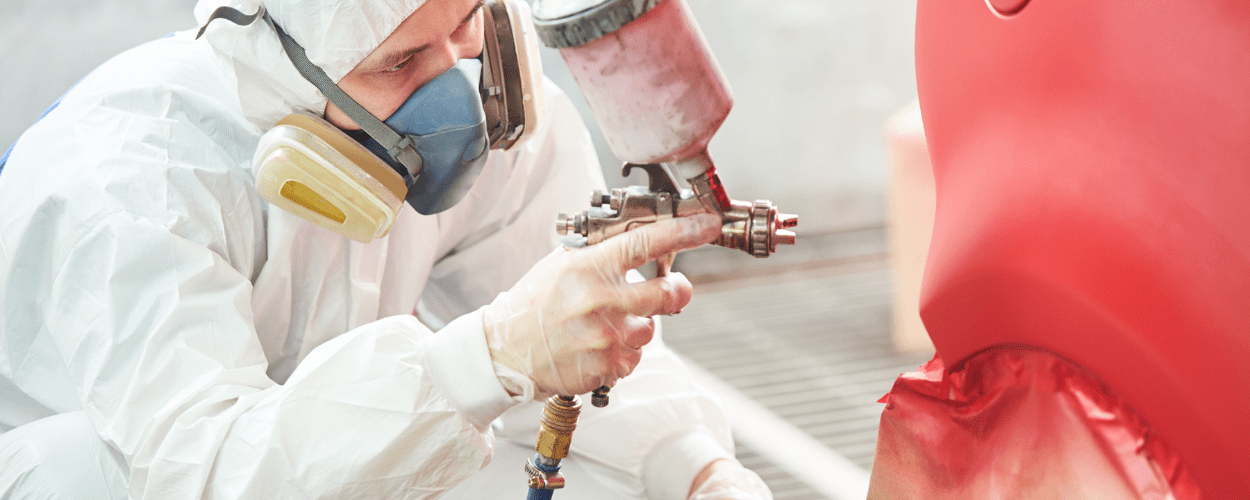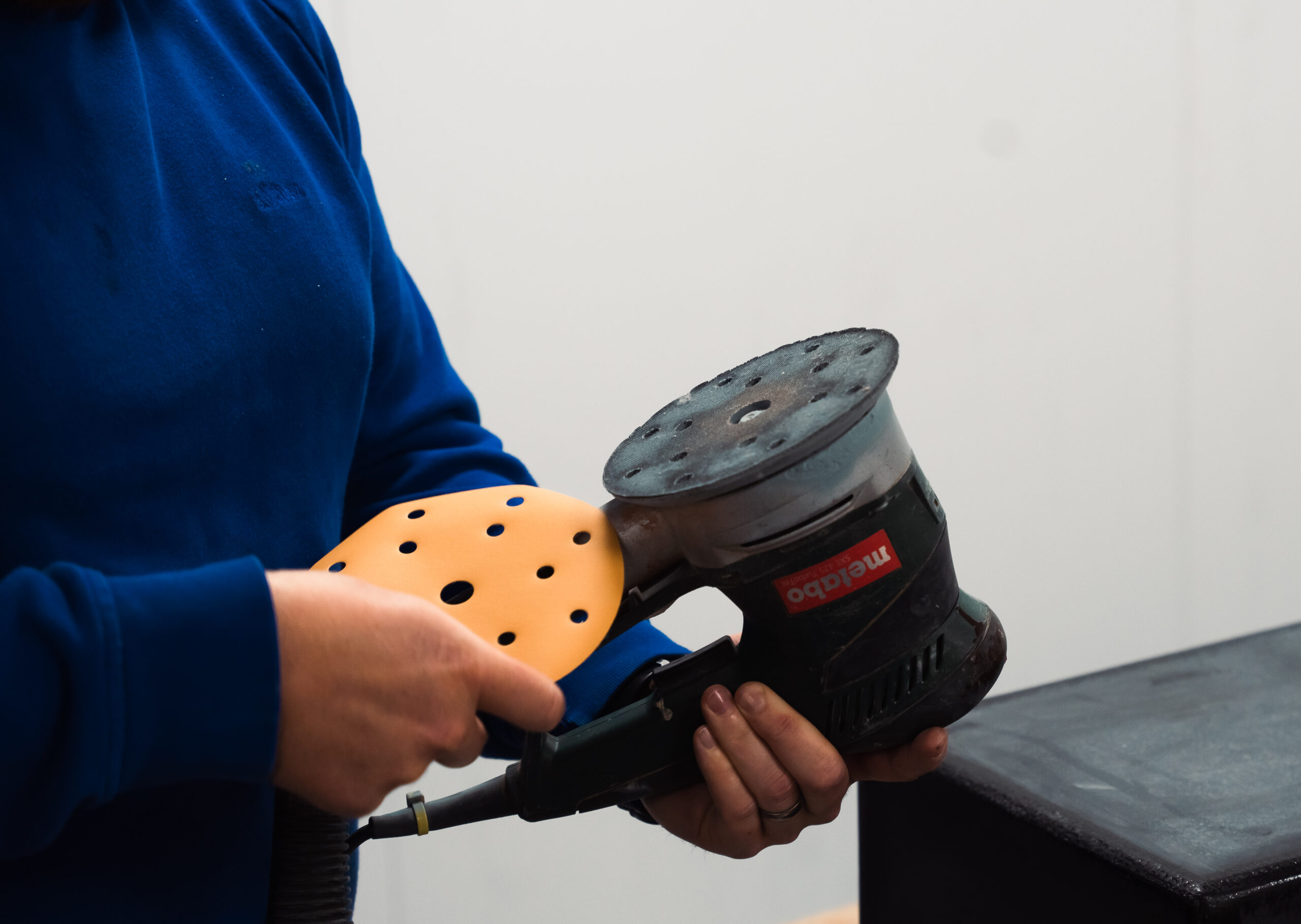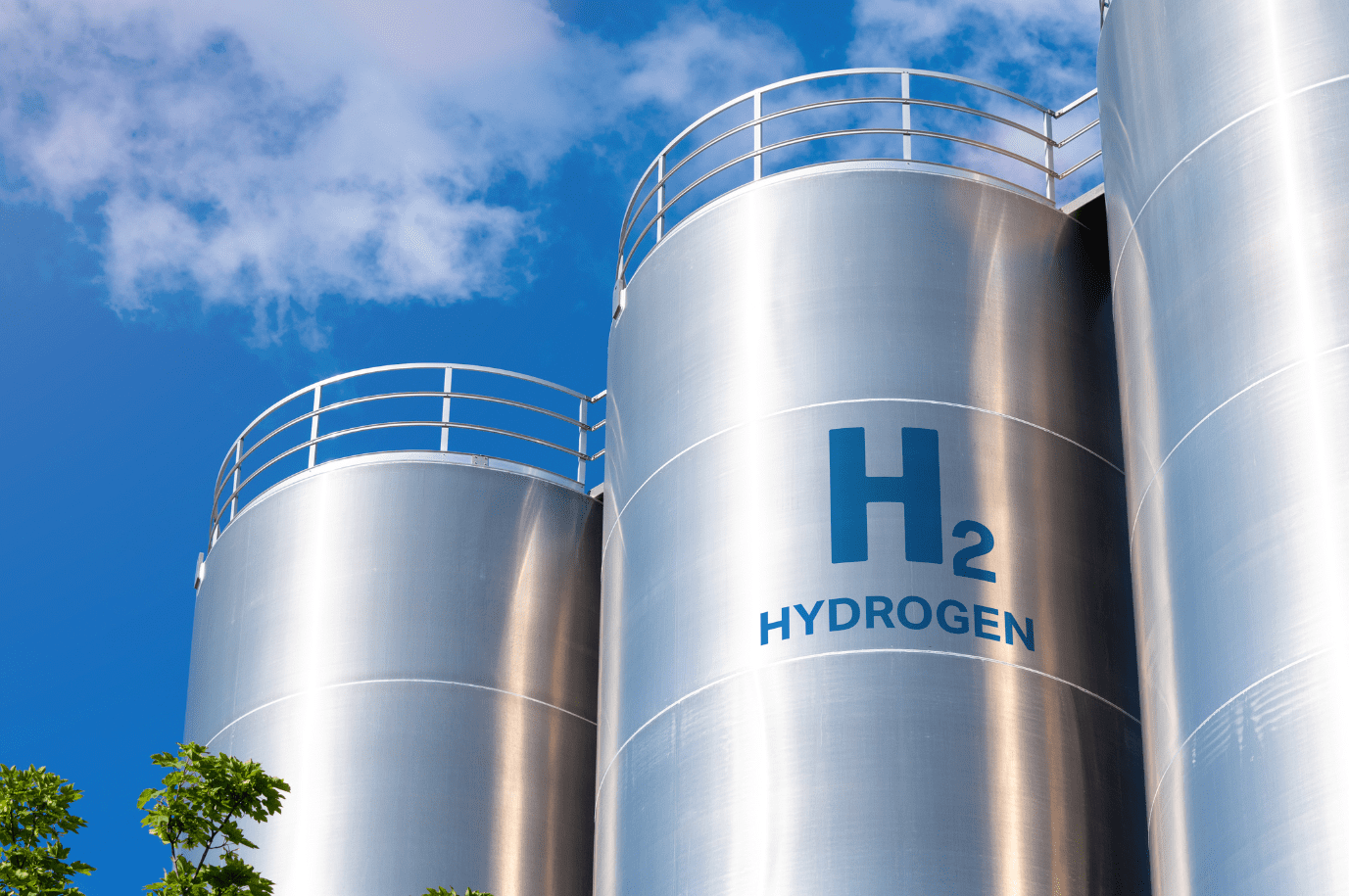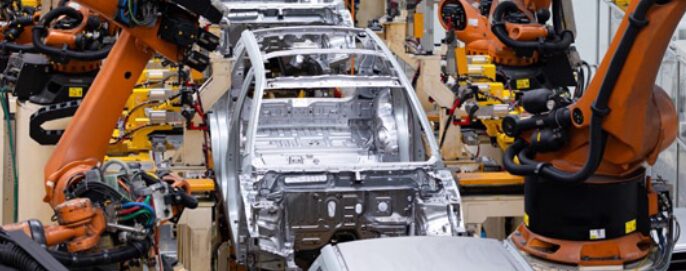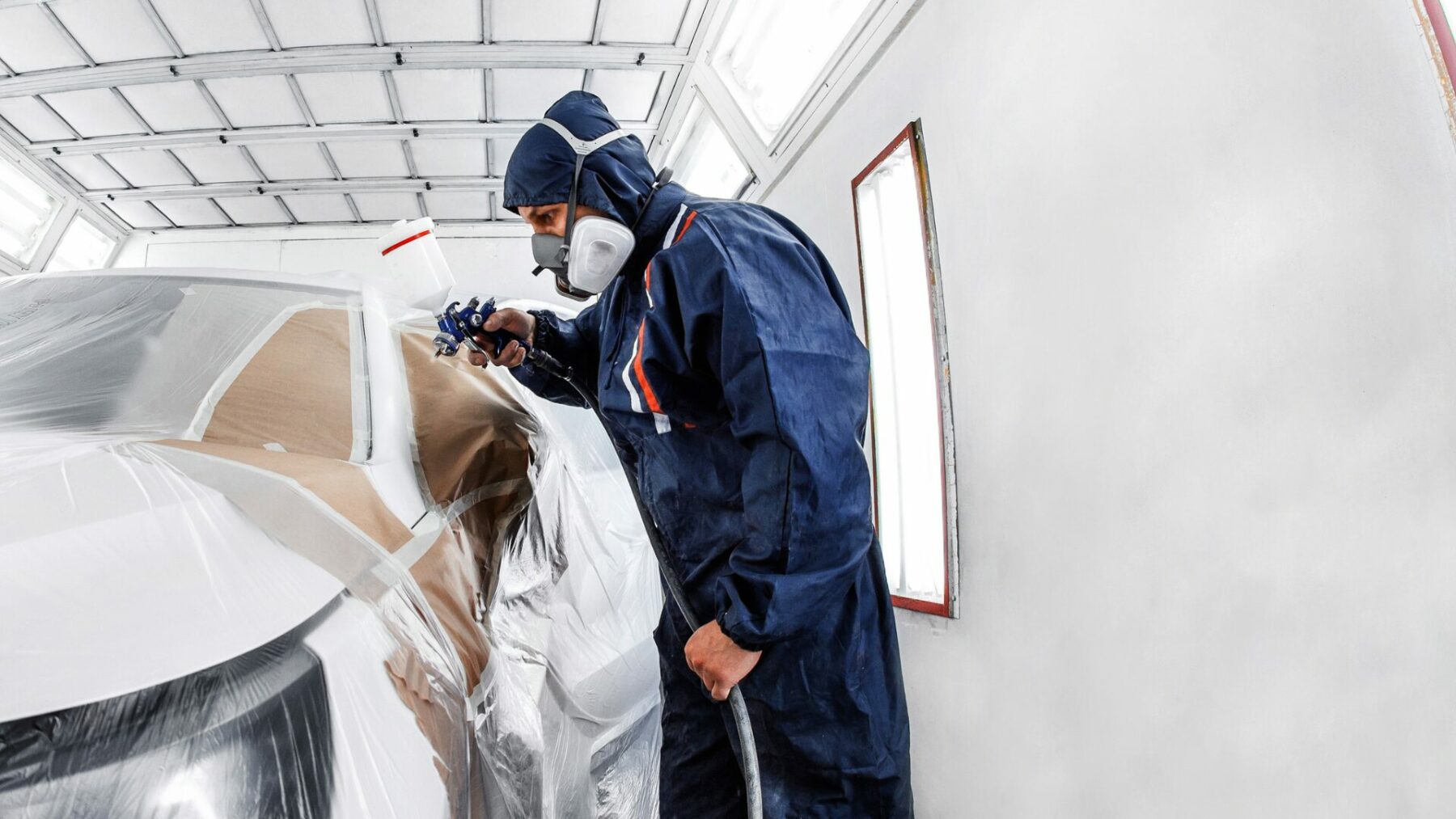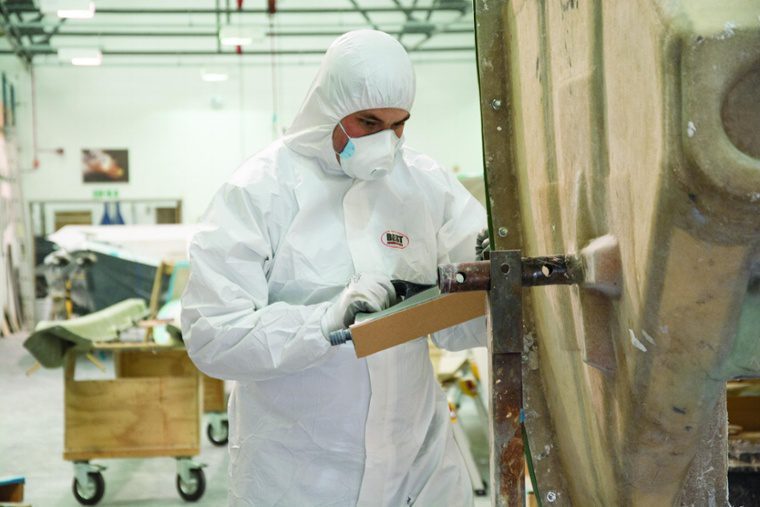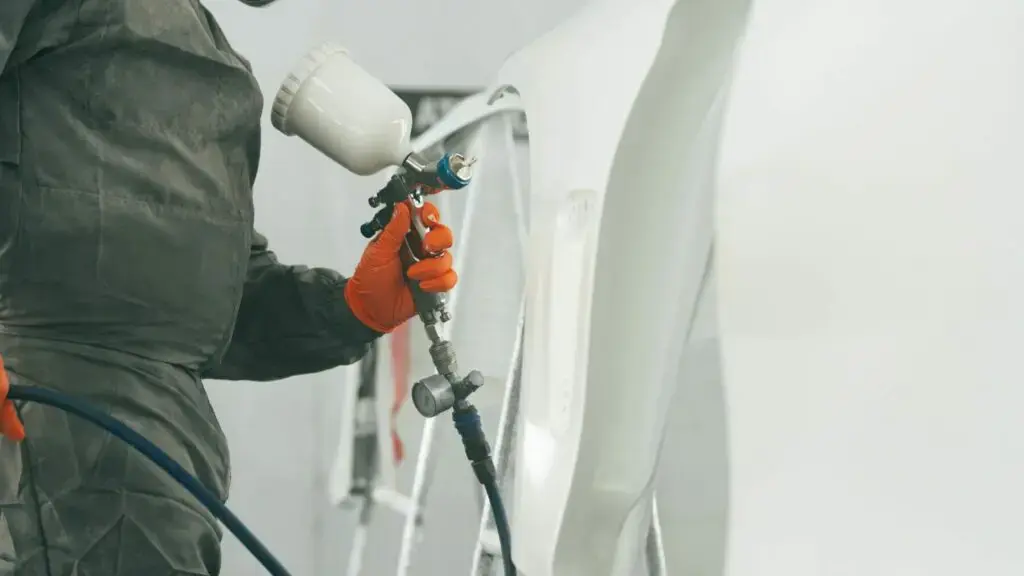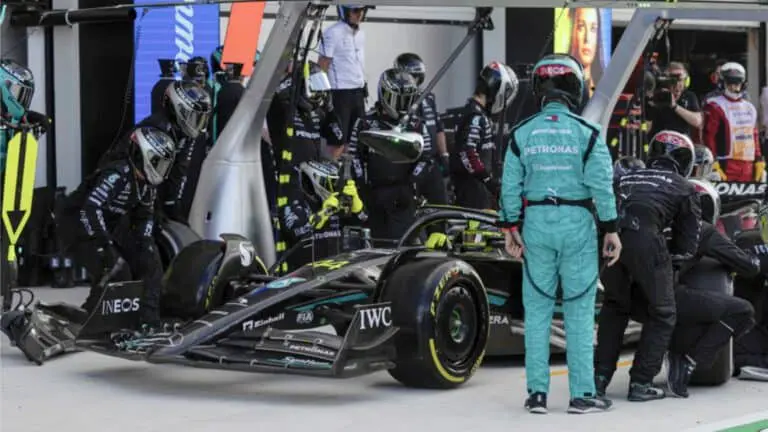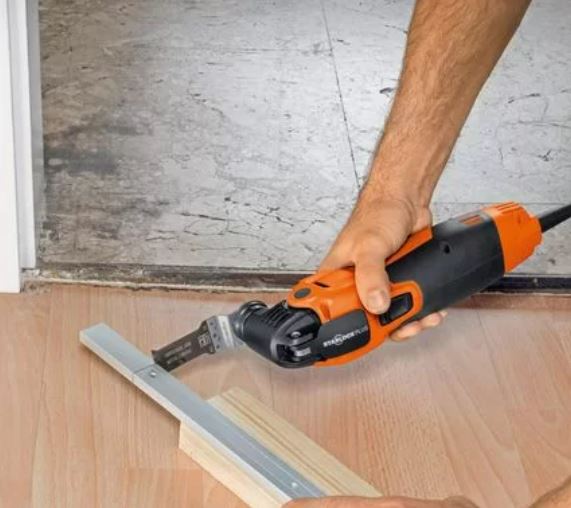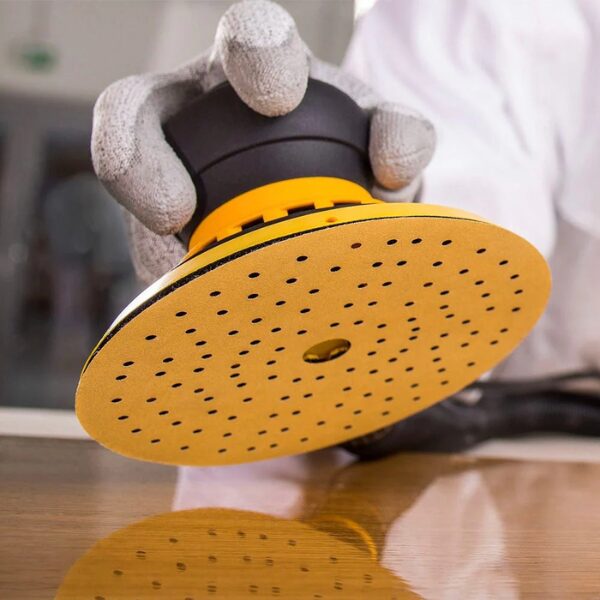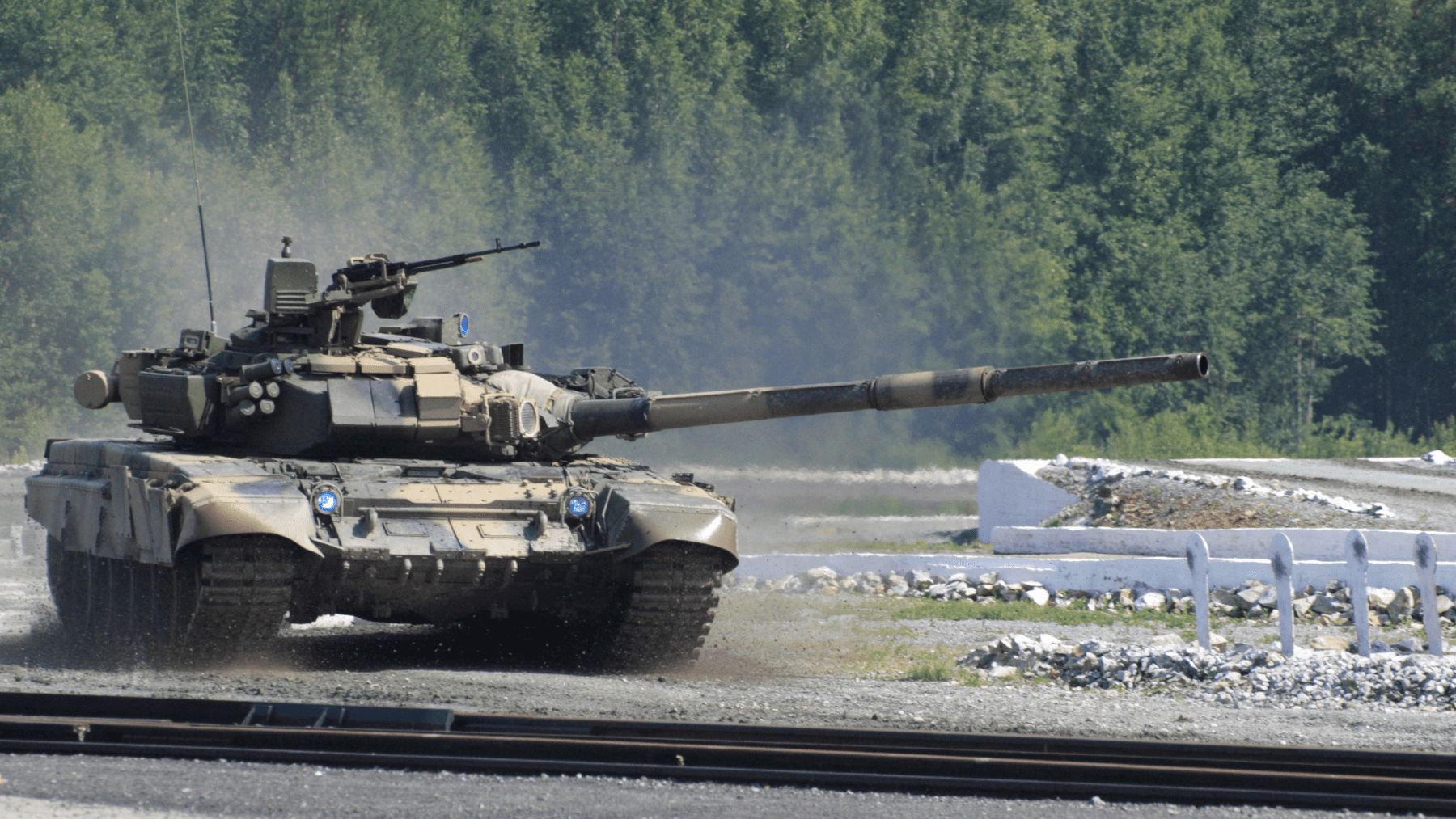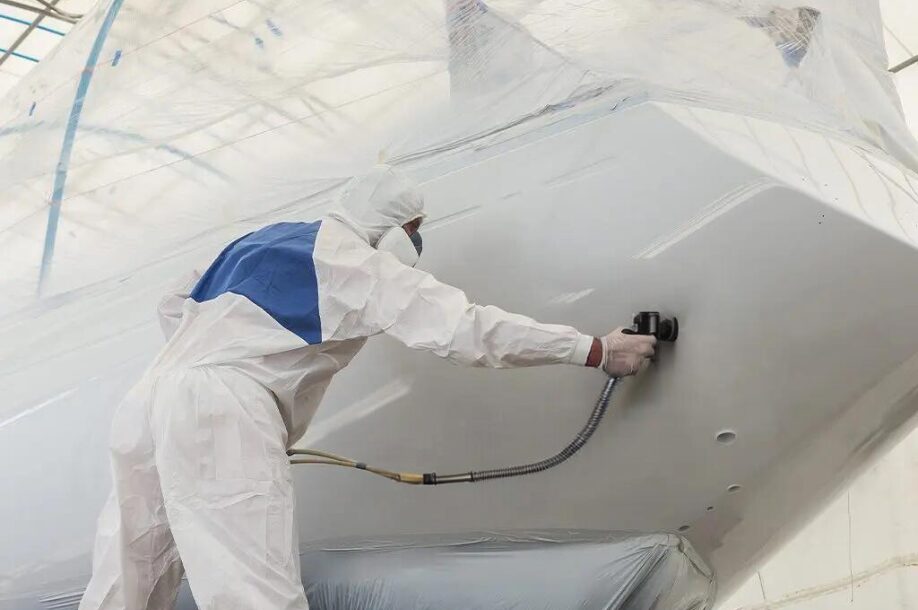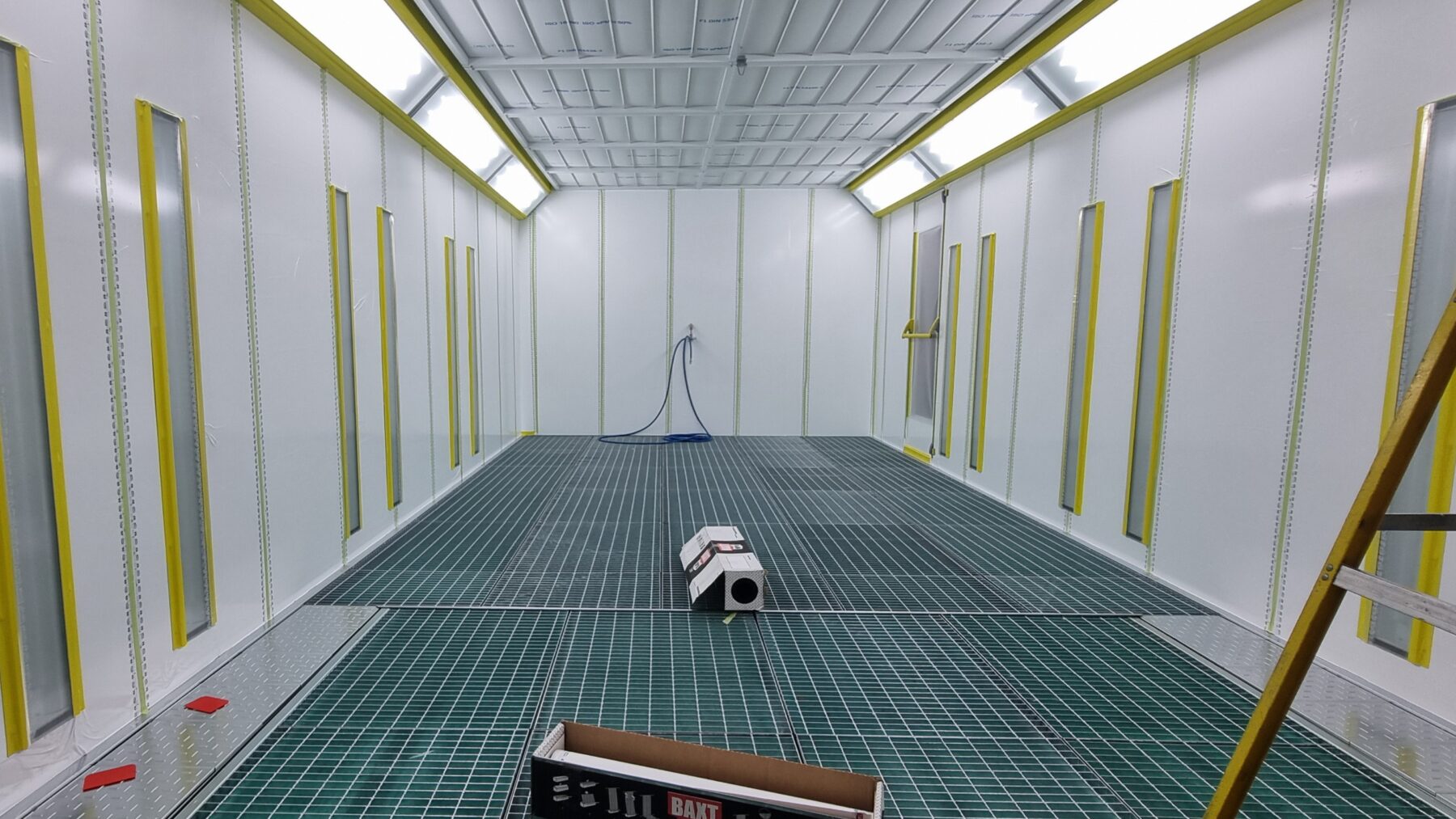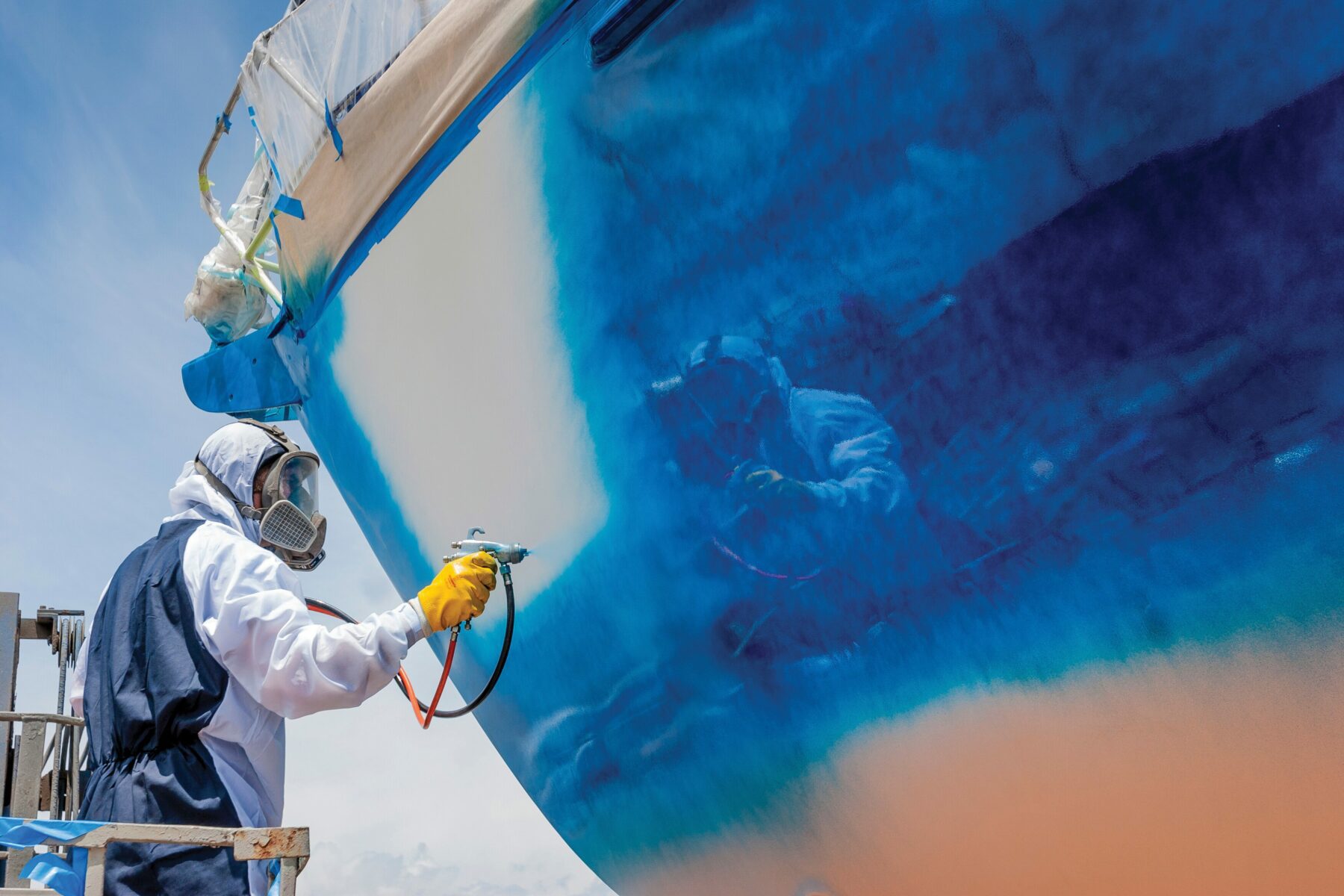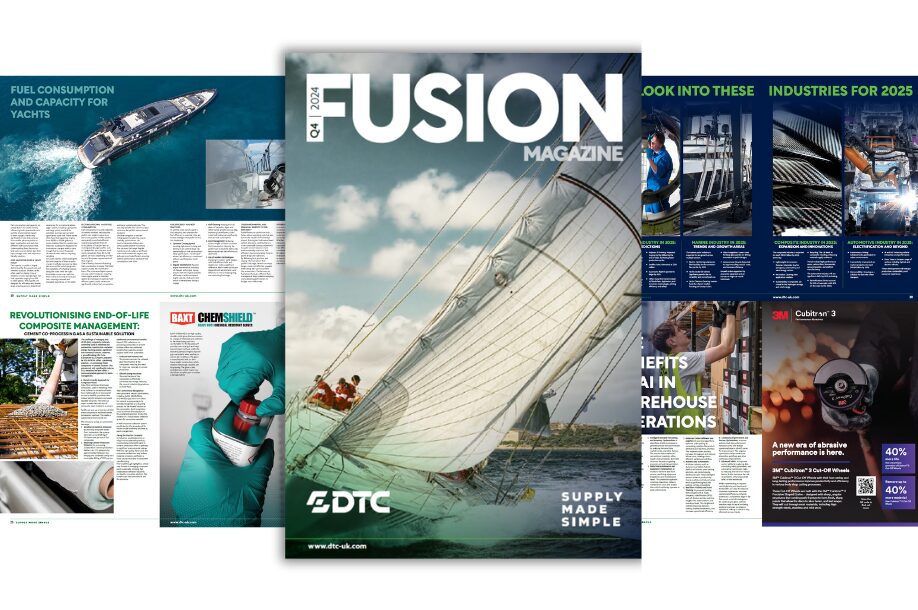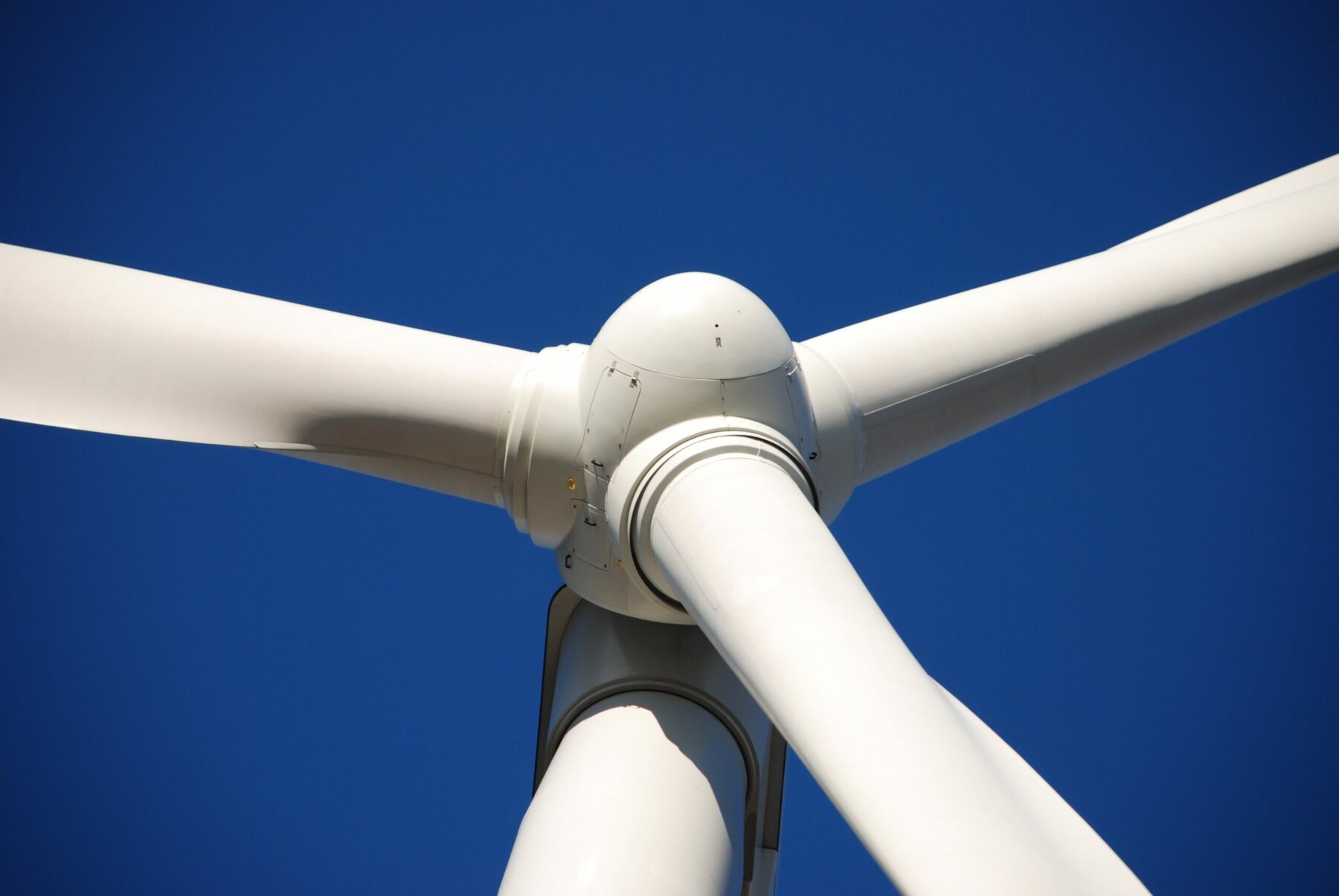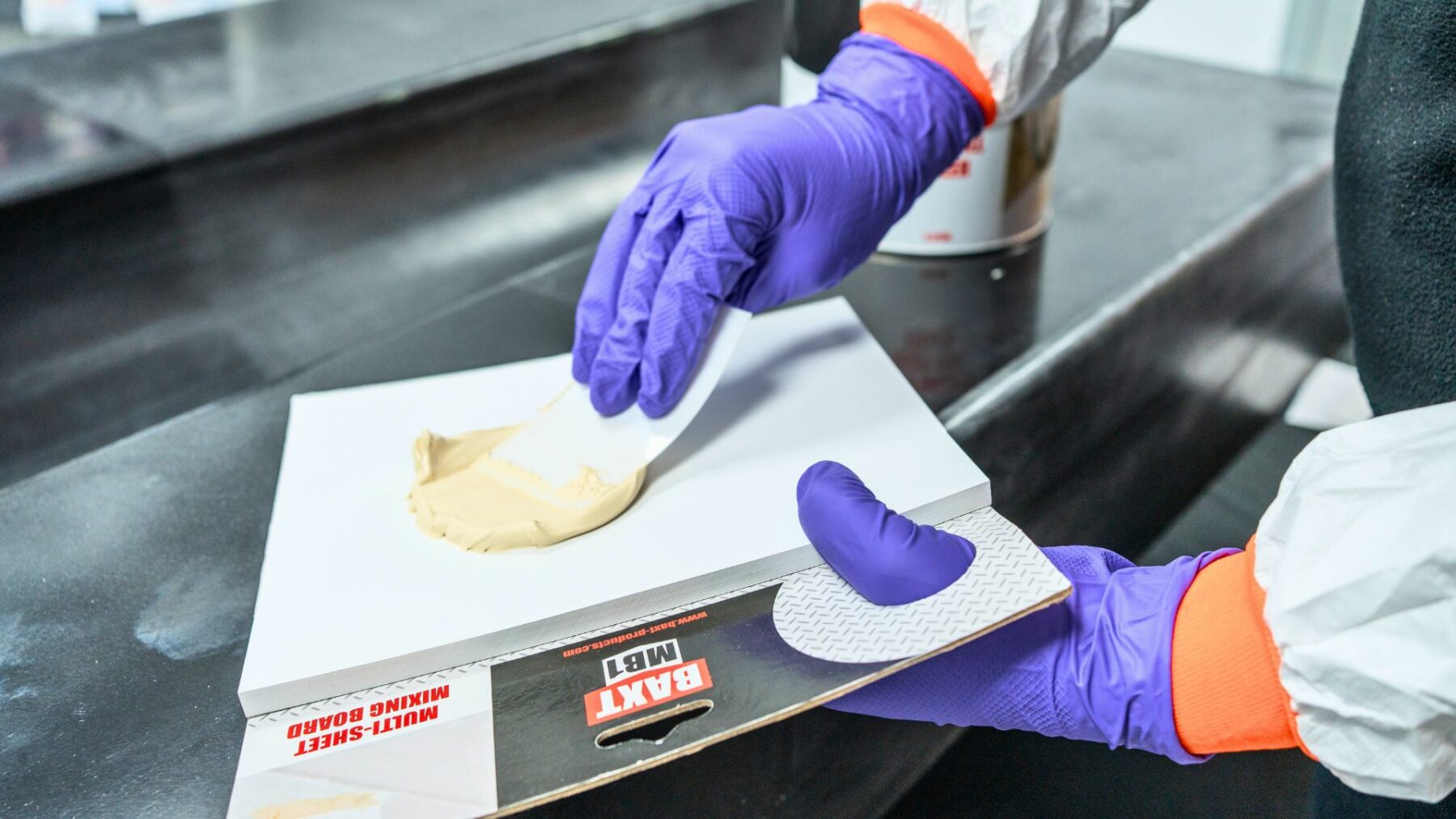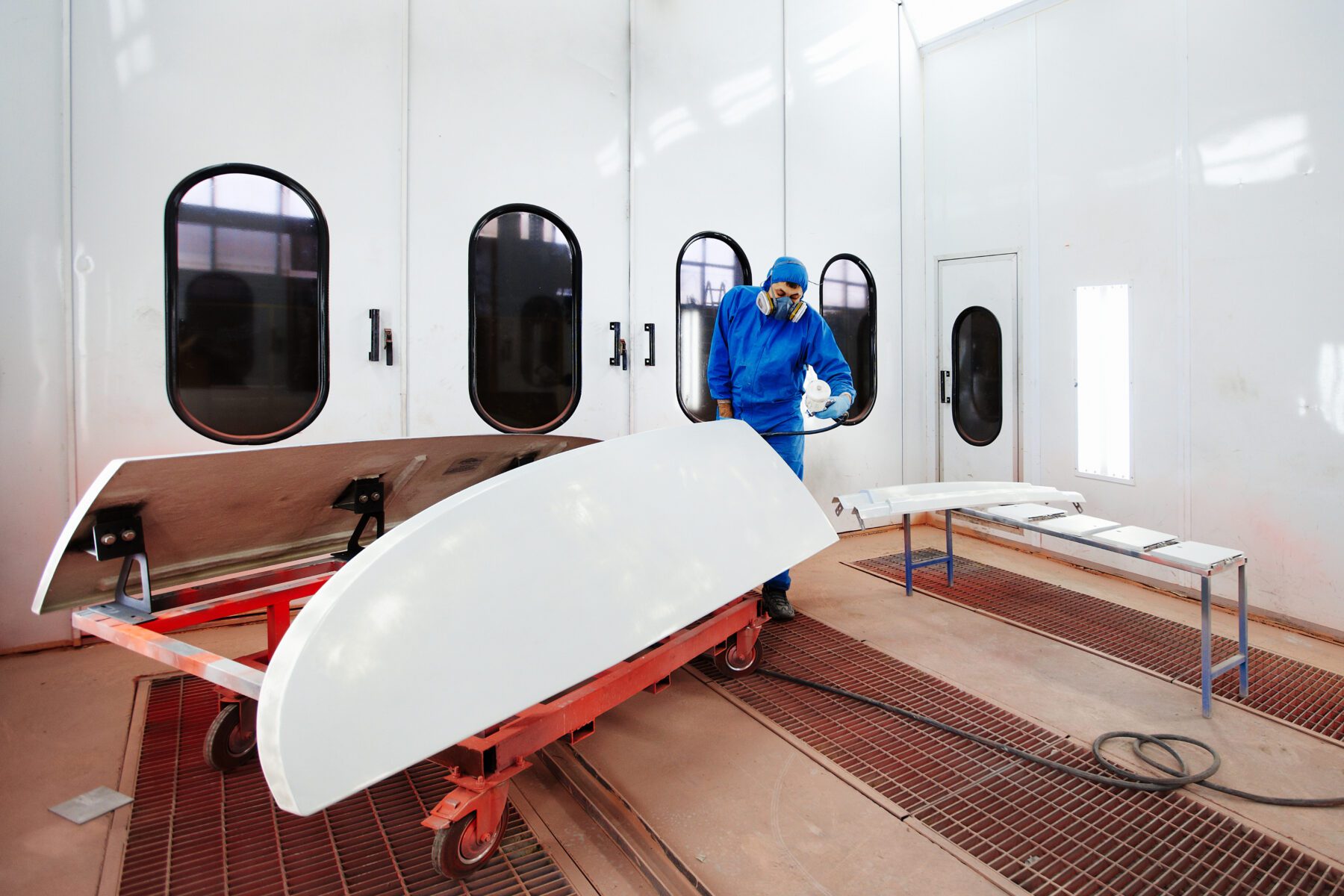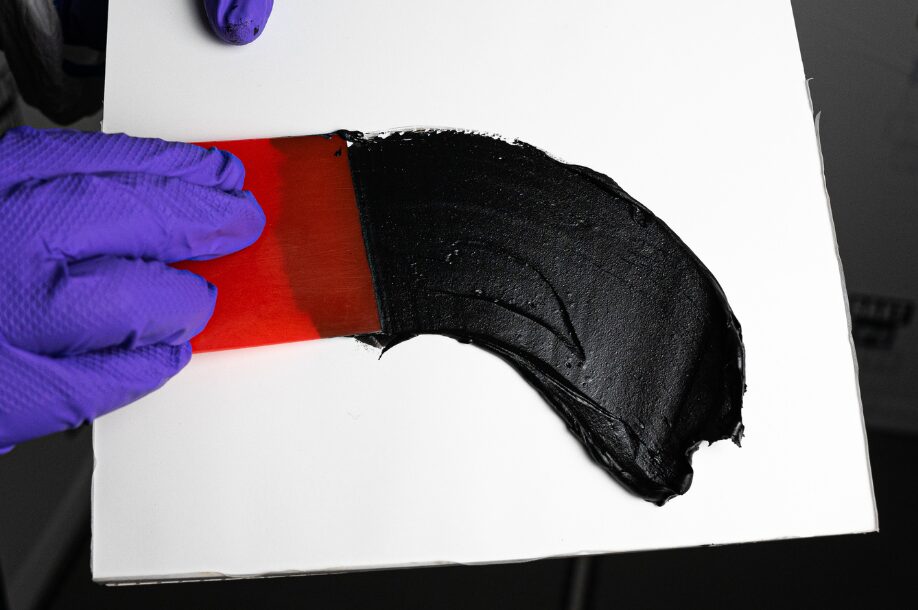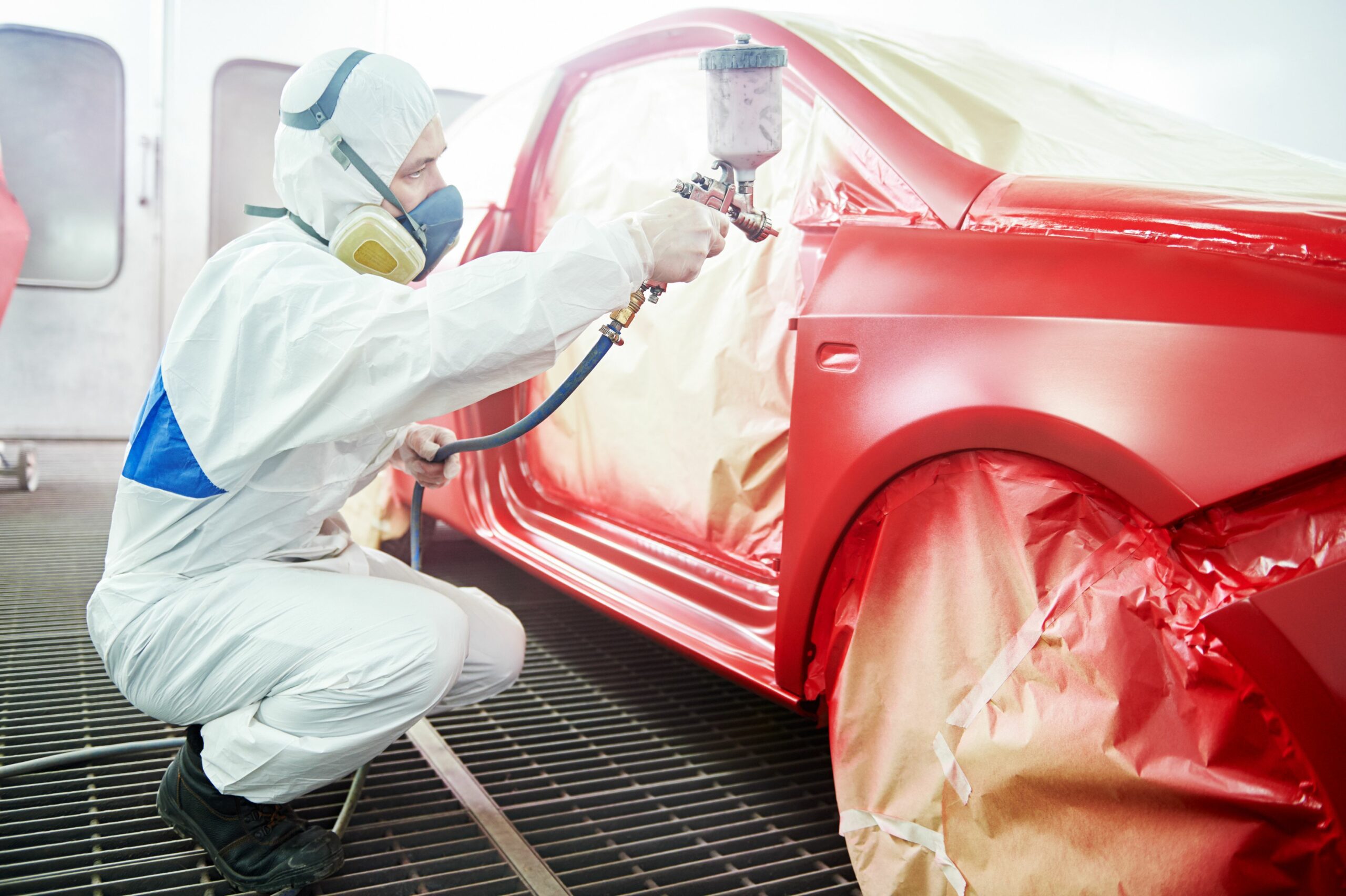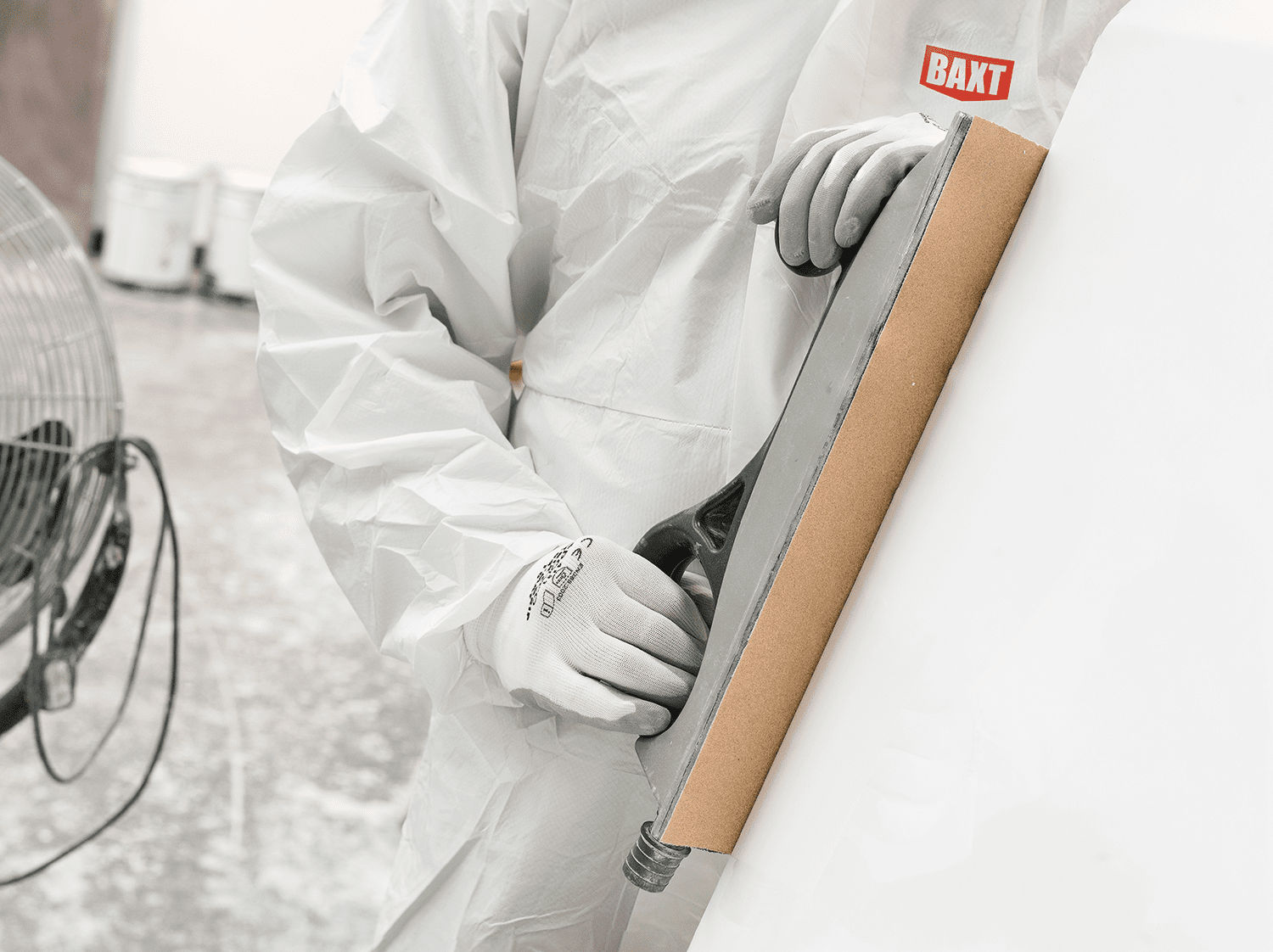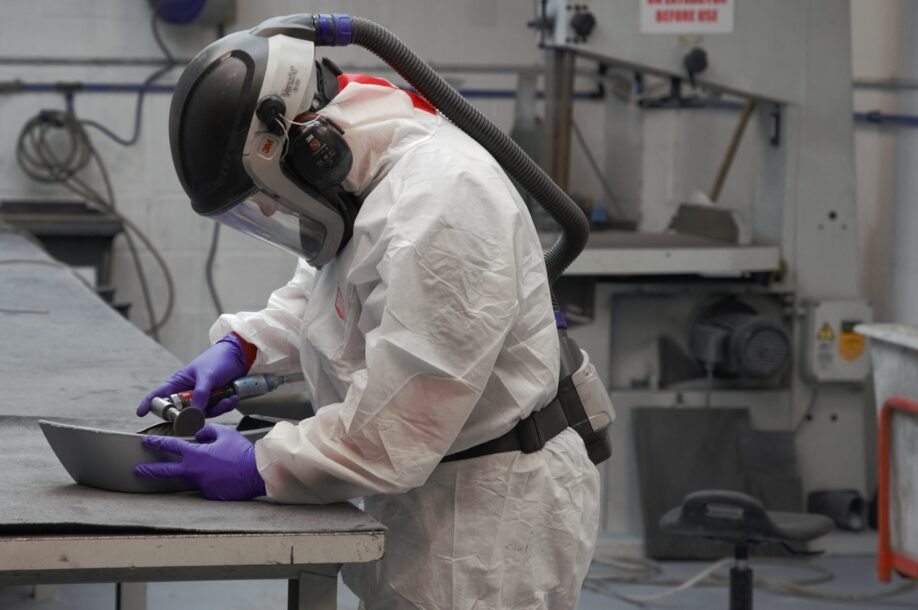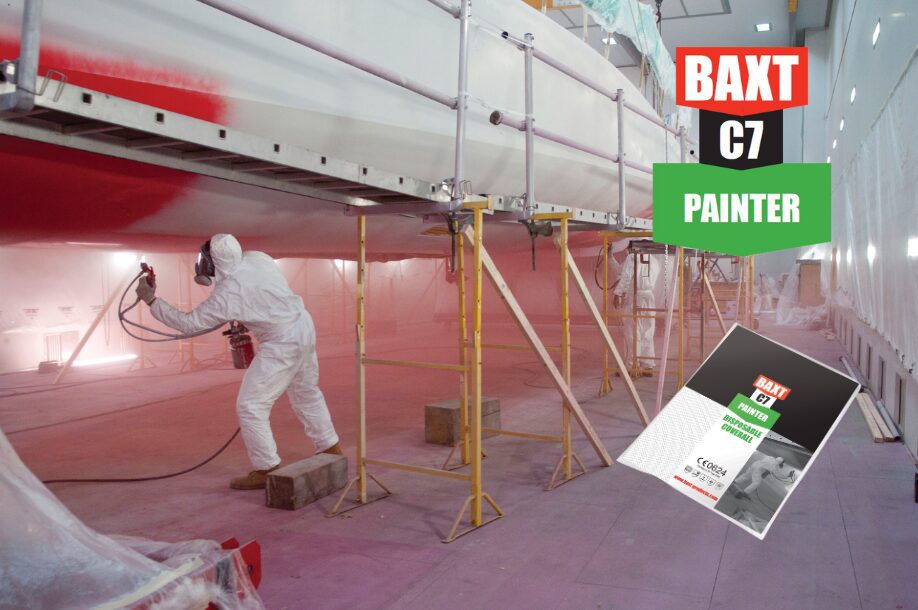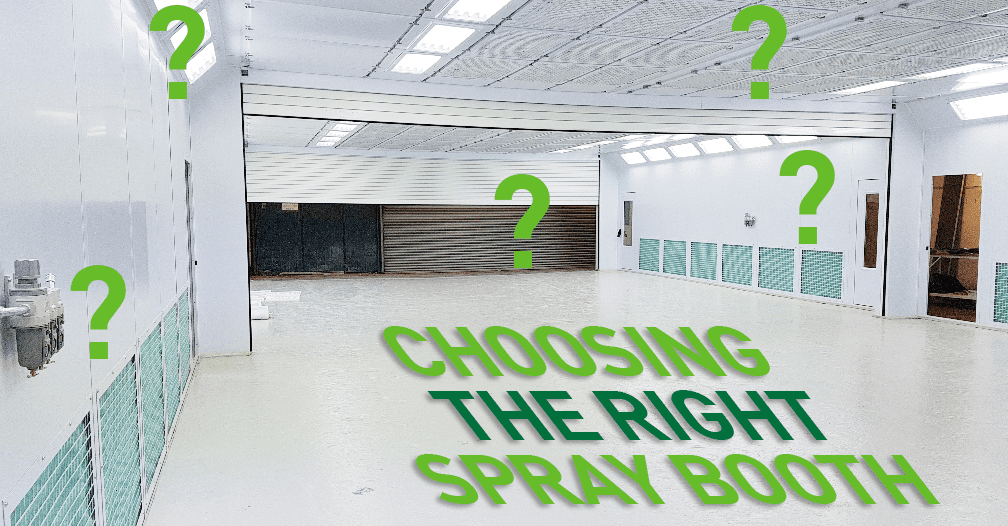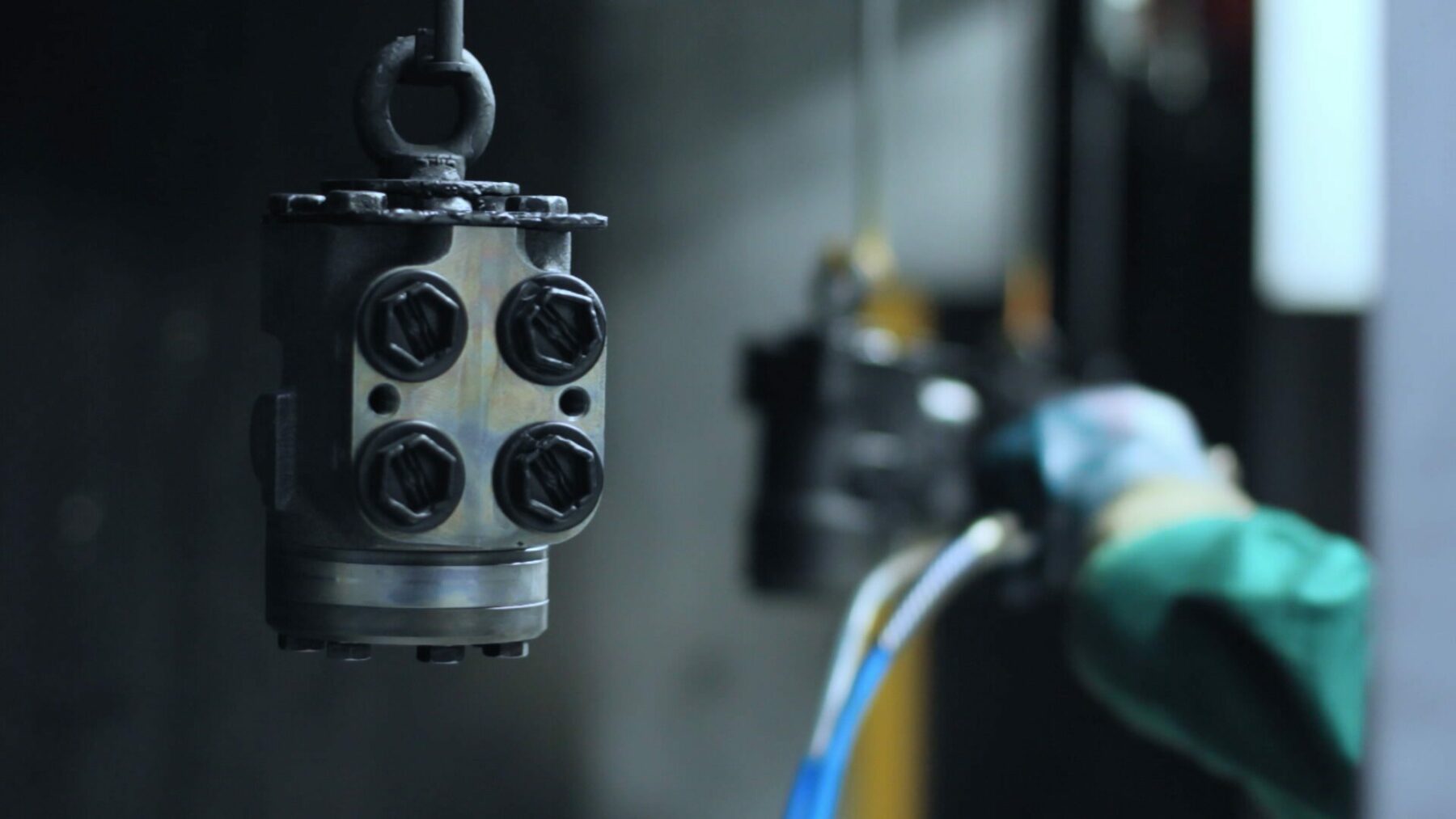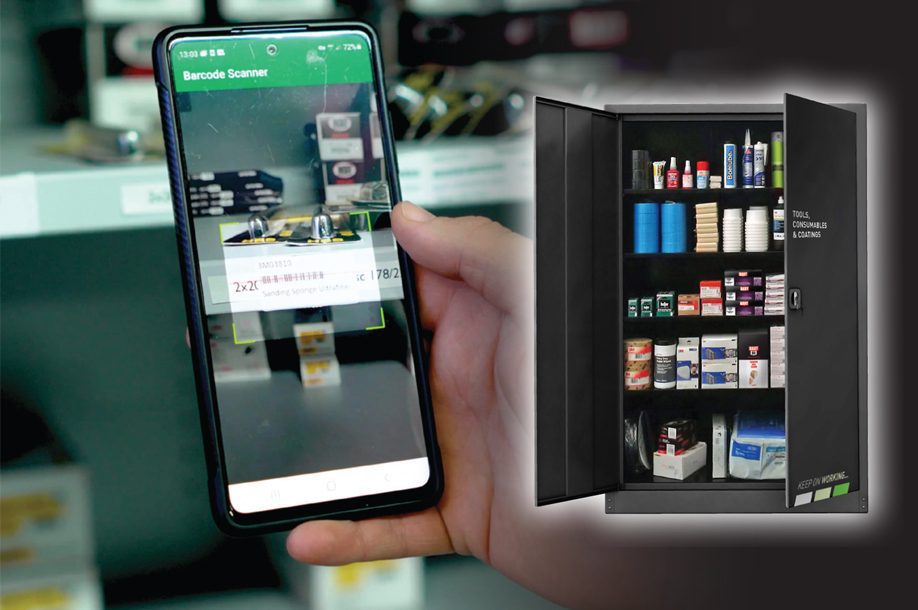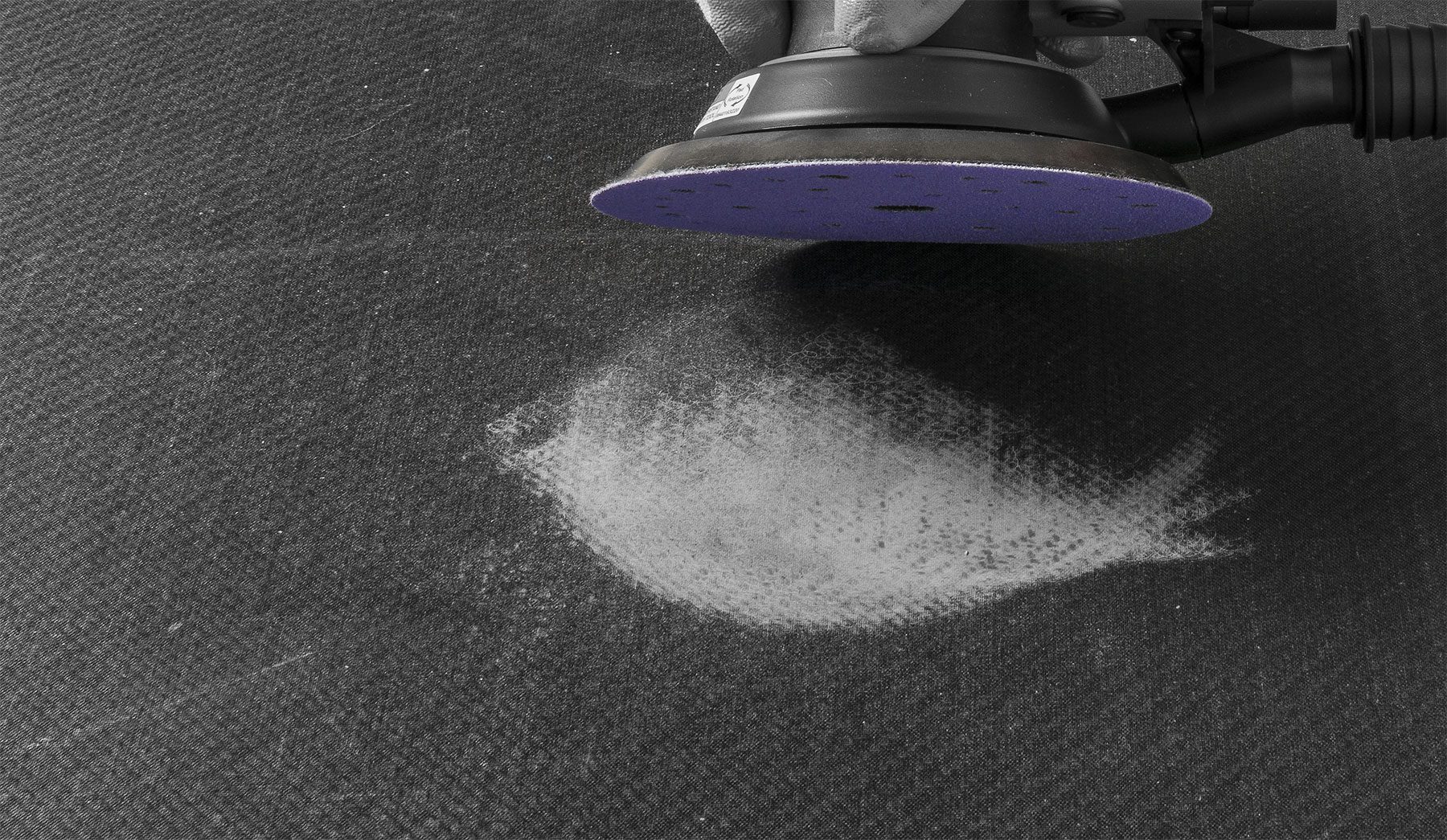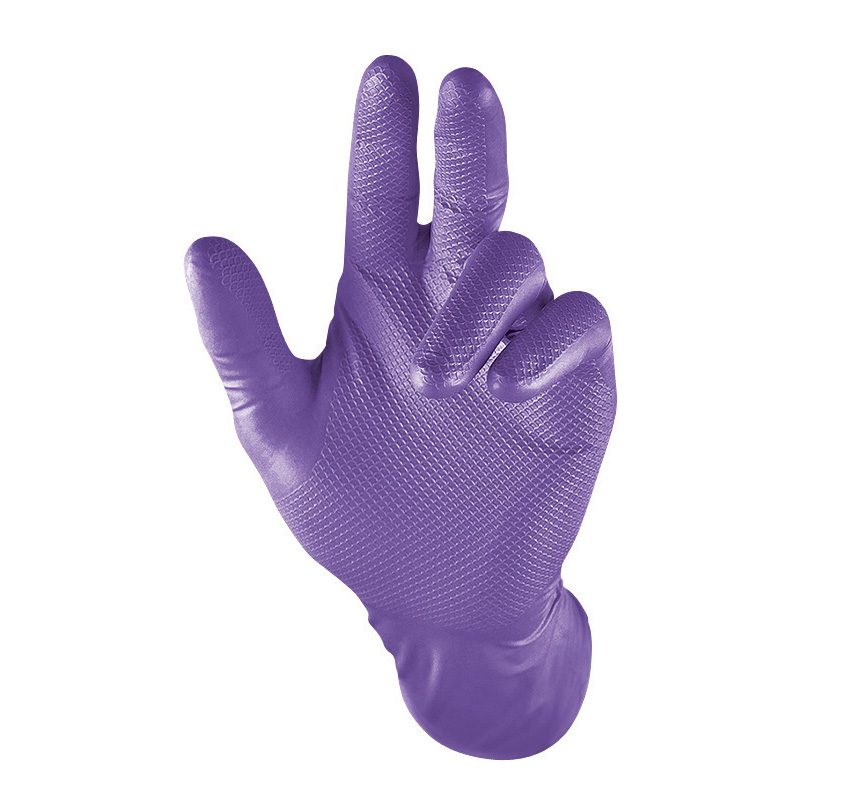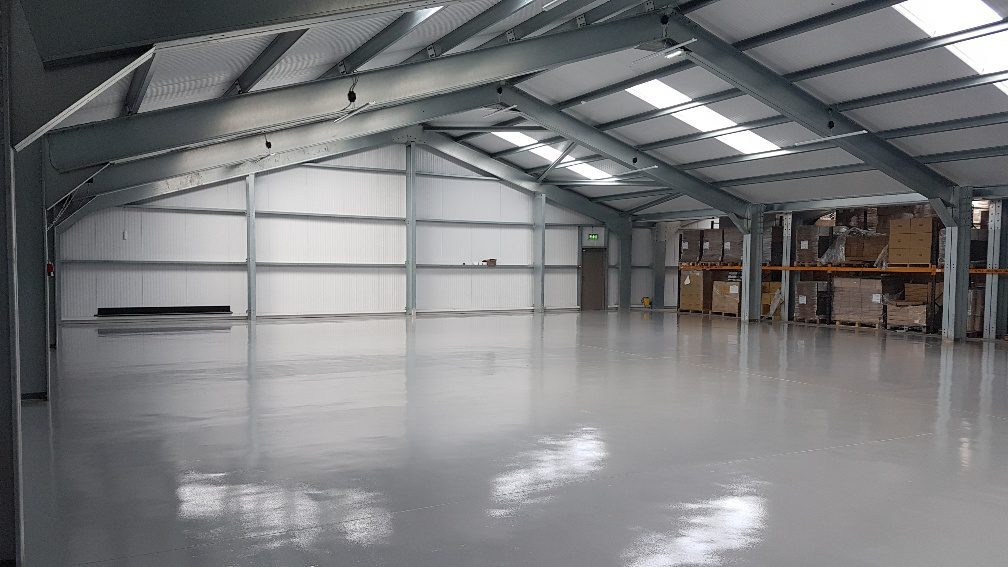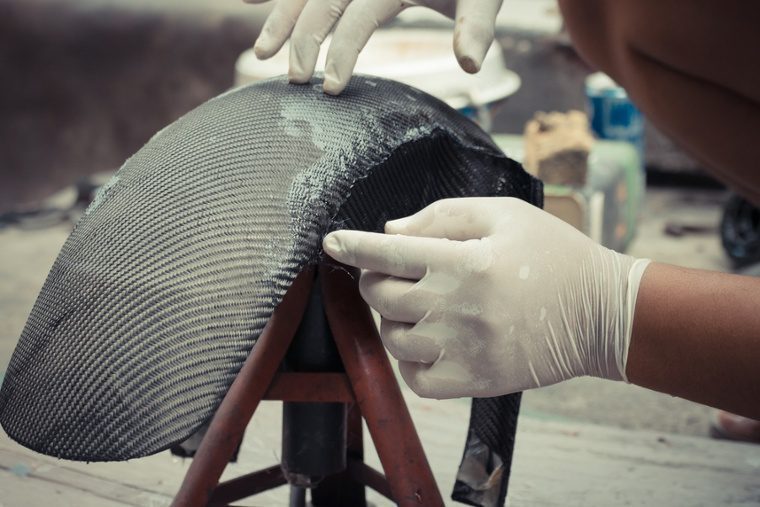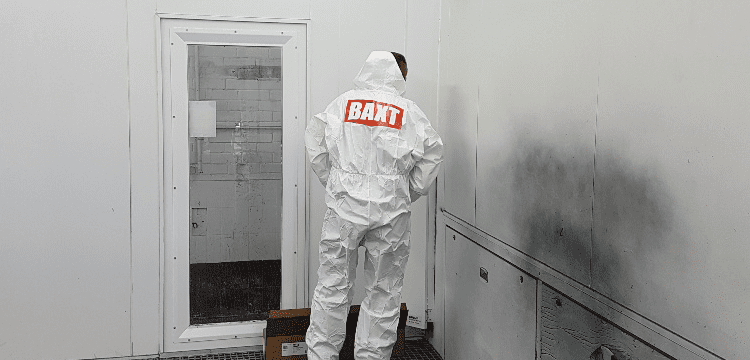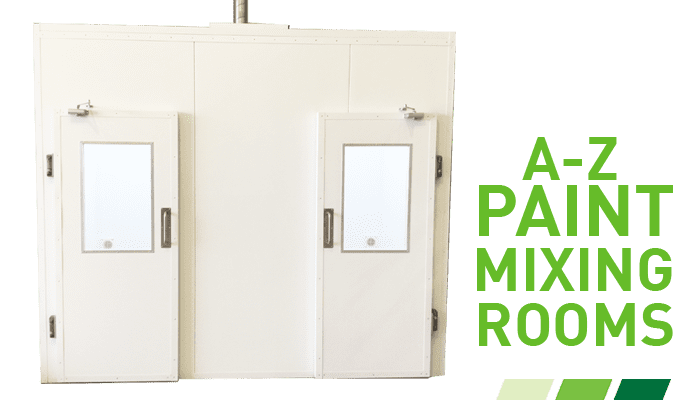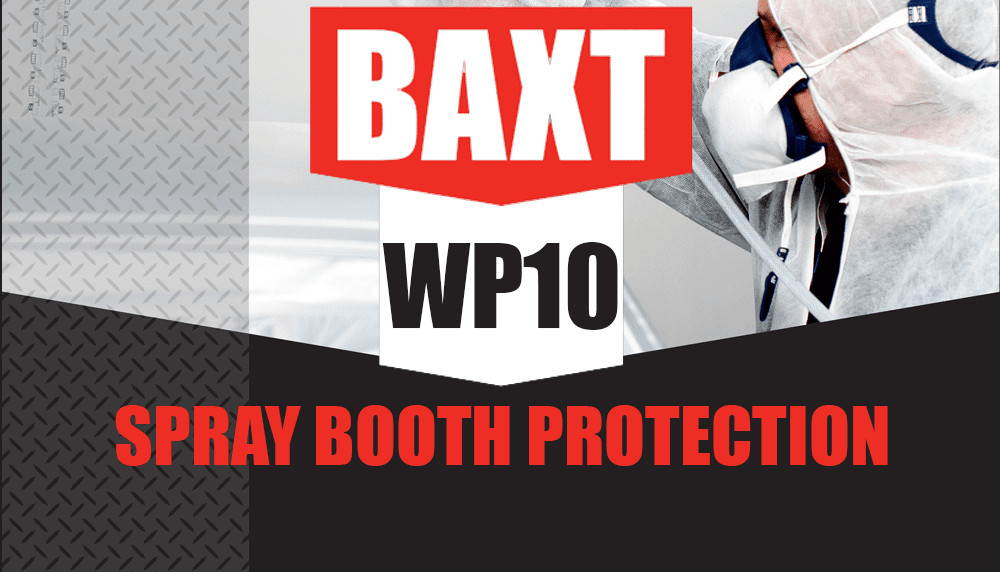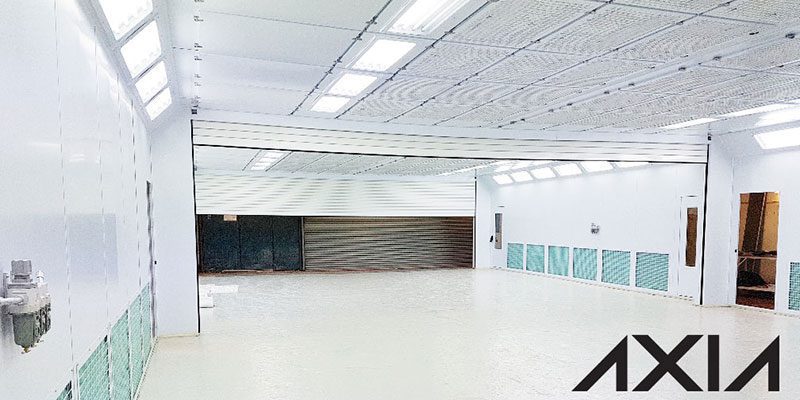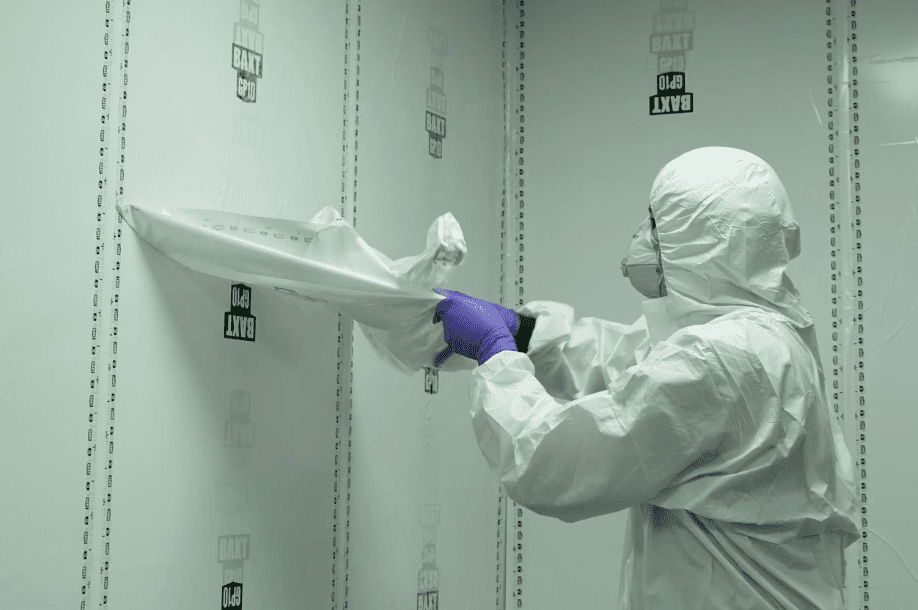Best Dust Extraction Methods For The Finishing Industries
Ensuring the best dust extraction is something that needs to be taken seriously by the marine, composite, and bodyshop finishing industries. We compiled this guide to help you better understand the different types of dust and the best dust extraction methods available.
Dust extraction is something that needs to be taken seriously by the marine, composite, and bodyshop finishing industries. With inadequate dust extraction systems in place, finishing professionals can be exposed to large amounts of potentially dangerous particulate on a daily basis.
(Before we get into the details of this best dust extraction methods article, we would like to point out that this is only a general overview. Everyone has unique extraction requirements, and we highly recommend that you contact us if you are even slightly unsure about your own.)
Here we are going to look at some of the most common and dangerous airborne particles, and some suitable extraction methods to remove them from the air efficiently and safely.
Carbon Fibre Particulate
Carbon fibre particulate is generated abundantly throughout numerous finishing industries now. The fibrous nature of the material means that you do not actually need to cut or sand the material to release particulate. Stretching a piece of the carbon fibre by only 2% will release harmful strands that can be inhaled.
Cutting, and sanding, however, will release much more particulate than just stretching the material.
Part of what makes carbon fibre particulate so dangerous is that it is highly respirable, which means the particulate can become airborne easily. When it is airborne it can be inhaled into the lungs.
Carbon fibre particulate is not currently considered a carcinogen like asbestos. But inhalation can be highly irritating to the lungs, nasal cavities, and skin – and repeated sustained exposure can cause serious health issues.
Hazardous chemical solvents are often used in advanced composite processes which must also be considered, as such it is best practice to always take serious precautions when working with such materials.
Glass Reinforced Plastic (GRP) Particulate
As GRP is a similar kind of material to carbon fibre (both are made from hardened strands of material), and as such it also carries a similar risk profile. It can release particulate from simply being stretched and handled but cutting and sanding produce smaller particulate in larger quantities.
Like Carbon fibre, GRP particulate is also highly respirable and will easily become airborne to inhaled byanyone in the vicinity.
The health effects that GRP causes is highly dependent upon the fibre size. Larger fibres can cause skin irritation, rashes, and any existing asthma or bronchitis conditions can be aggravated.
There is mixed evidence on if smaller GRP particulate is a carcinogen, but the fibres are known to be small enough to be inhaled deep into the bottom of the lungs (which makes it difficult for the body to expel). There are no known cases of cancer being caused by fibreglass particulate exposure, but (controversial) experiments that have been conducted on rats and mice have suggested they could potentially cause cancer. As such the International Agency For Research On Cancer has listed them as a “possible carcinogen”.
Regardless of if either of these particulate types is carcinogenic, repeated exposure is something that should be avoided at all costs. Operations small and large need to ensure there are fiberglass dust extraction systems in place. Here are different types of extraction methods and filtration systems that should be considered for any operation in the finishing industry.
What are the Best Dust Extraction Systems? – A Discussion of Various Options
Ducted Systems
A ducted extraction system is best envisioned as a high-powered, industrial strength vacuum cleaner. There are usually several localised extraction points within a ducted system that can be angled to target a specific area. All the extraction points are attached to a common ducted system where the particulate is then filtered out at a single exit point. They are an excellent choice for situations where dust formation is reasonably localised.
Dust Control Booths
A dust control booth is a semi-sealed unit that is big enough for one or more operators to work in. They vary in size drastically depending upon their specific use case but are designed for situations where regular operator mobility is required (e.g. boat building, and aerospace applications).
They contain several high-powered extraction points (usually in the ceiling of the booth) which can remove substantial amounts of particulate over it’s the booths total area.
On Tool Extraction
On tool extraction is a much more mobile solution than a dust control booth or a ducted system. A dust extractor is connected to a hand-held power tool and provides extraction in a close proximity to where the particulate is being created. They work best when attached to an inbuilt common high-pressure pipe system (see our Americas Cup Racing Team Case Study), but can also be used with a mobile dust extraction unit if required.
Downdraft Benches
Downdraft benches are workbenches that have extraction capabilities built into them. The bottom of the working area is made from a mesh which allows suction from underneath where the particulate is being formed. Downdraft benches are ideal for situations where a large amount of operator movement is required. As such, they can be found in all shapes and sizes.
They are perfect for finishing work on large objects, but they are equally as effective on smaller parts too (and are commonly used in component manufacturing).
Filtration systems
Once the particulate has been collected out of the workspace, it then needs to be removed from the air before it can be expelled safely. Filtration systems come in various levels of efficiency. The level of efficiency required depends on how hazardous the particulate being generated is.
Low Hazard Class
This is the least efficient type of filtration system available. It is 99% efficient at removing particulate and only 1% is released back into the atmosphere after filtration.
Low Hazard class air filters are suggested for use with particulate that has no known health risks. These are things like common household dust, clear coat, common plaster, and soil – they are not usually considered suitable for use in the finishing industries.
Medium Hazard Class
Medium hazard class is efficient enough to filter out substantial amounts of particulate that could be harmful to humans, animals, or the environment. It removes 99.9% of particulate and only allows 0.1% to be expelled into the atmosphere. It is the most common filtration type used in in the finishing industries.
Medium hazard class filters are recommended for operations that will produce particulate originating from wood, filler, cement, concrete, and most repair compounds.
As such, they are suitable for most finishing industry applications that are sure they do not produce carcinogenic particulate.
High Hazard Class
High hazard class filtration systems are the most comprehensive filtration systems on the market. They are incredibly efficient and remove 99.995% of particulate from the air.
They are designed for use in applications where high levels of carcinogenic and highly dangerous particulate are being created. This is most commonly found in operations that utilise asbestos, bitumen, and glass wool. High hazard class filtration systems are a recommended solution for fiberglass dust extraction.
Contact us
As we mentioned earlier, this guide should be seen as a general overview and not regarded as comprehensive. We highly recommend anyone who is at all unsure about their specific requirements call us at 023 8025 1100 to discuss the best dust extraction solution for your operation.



